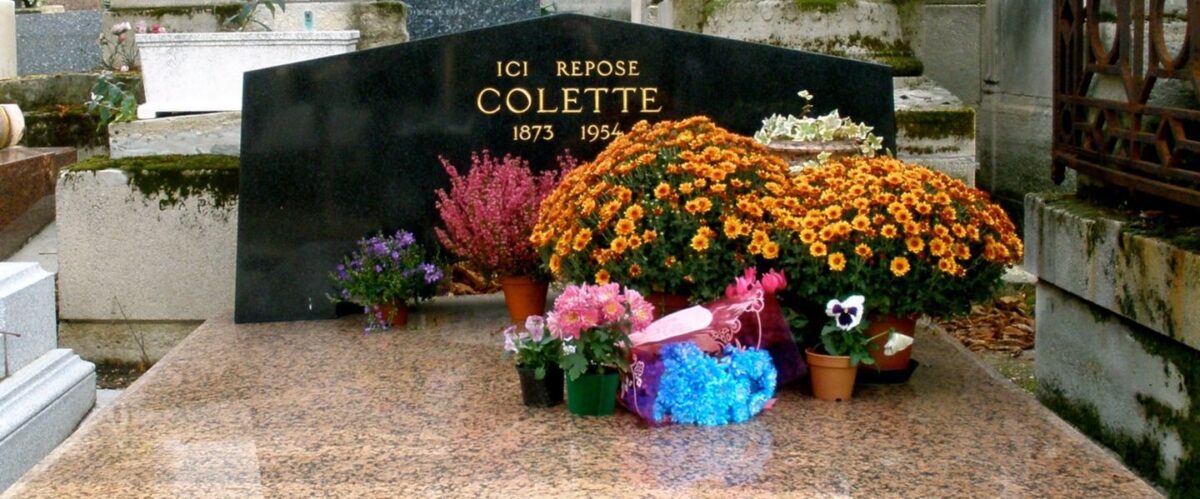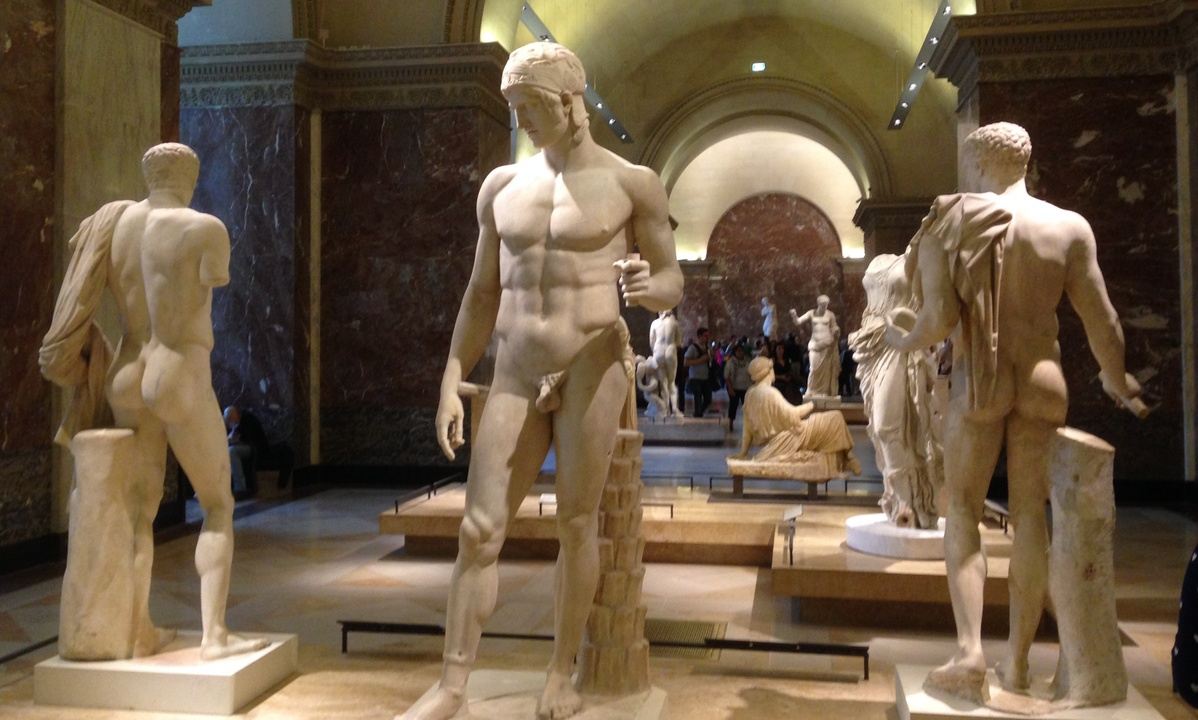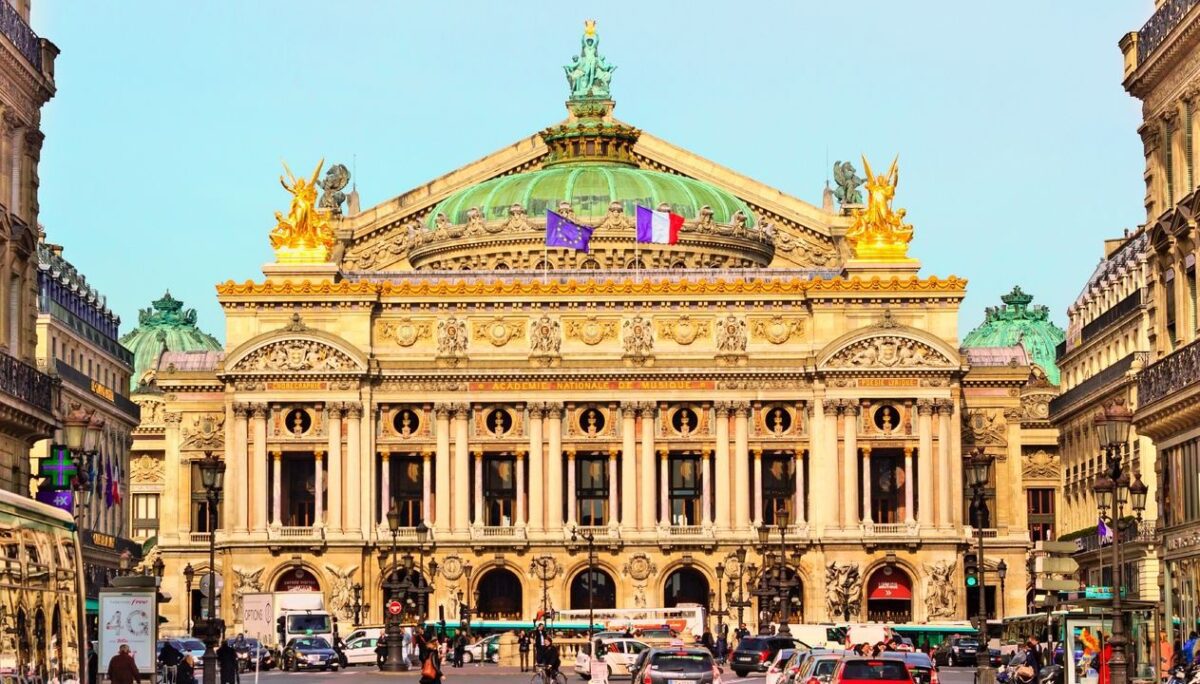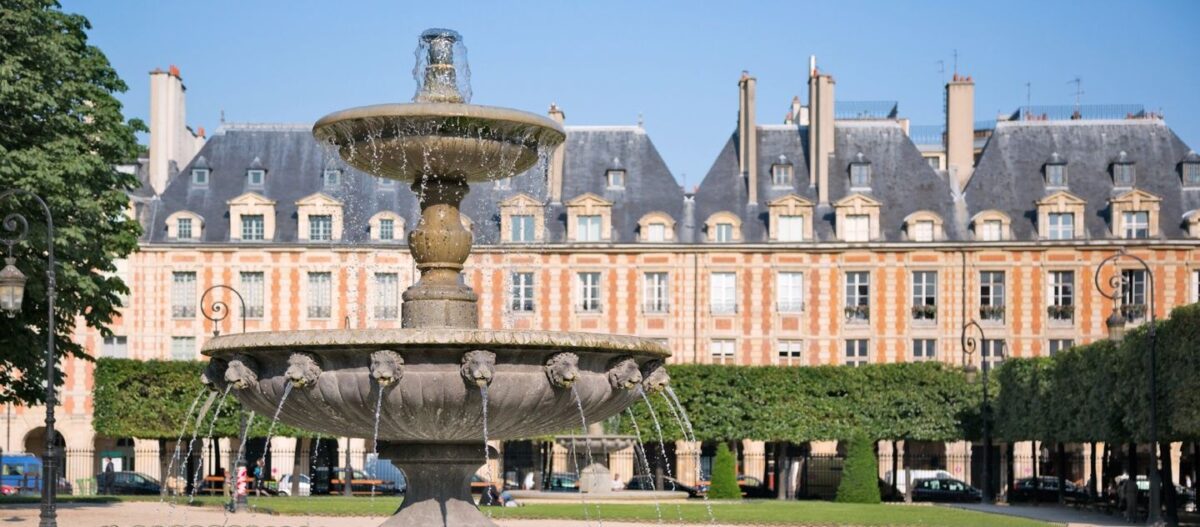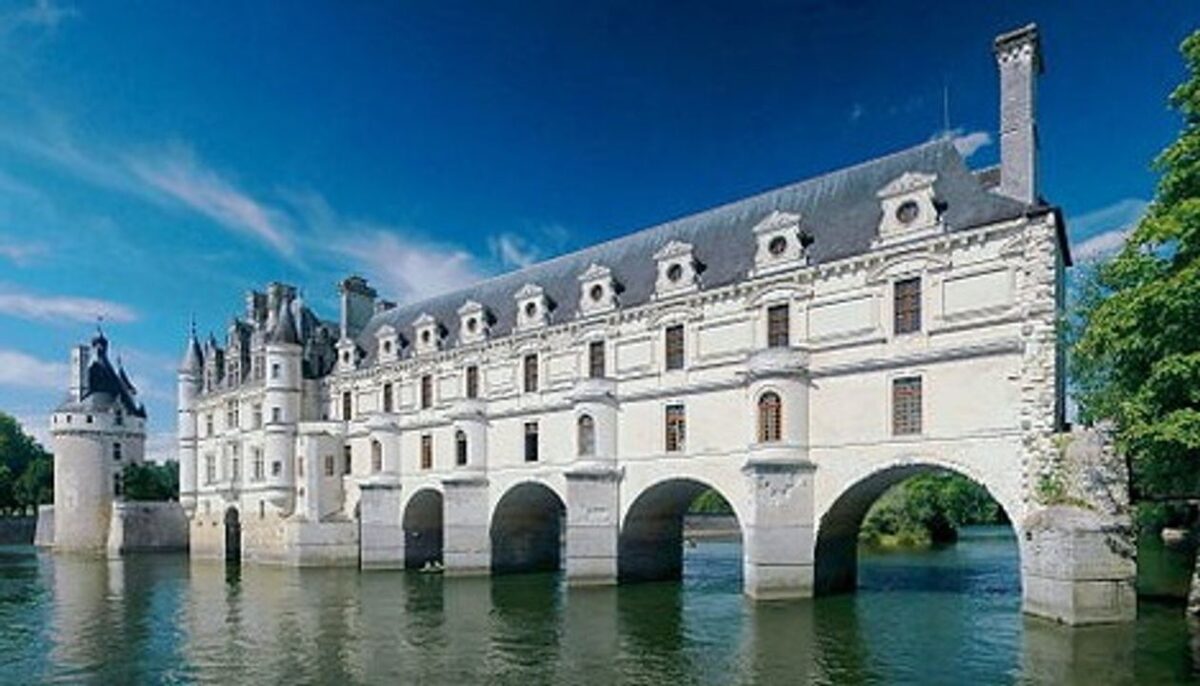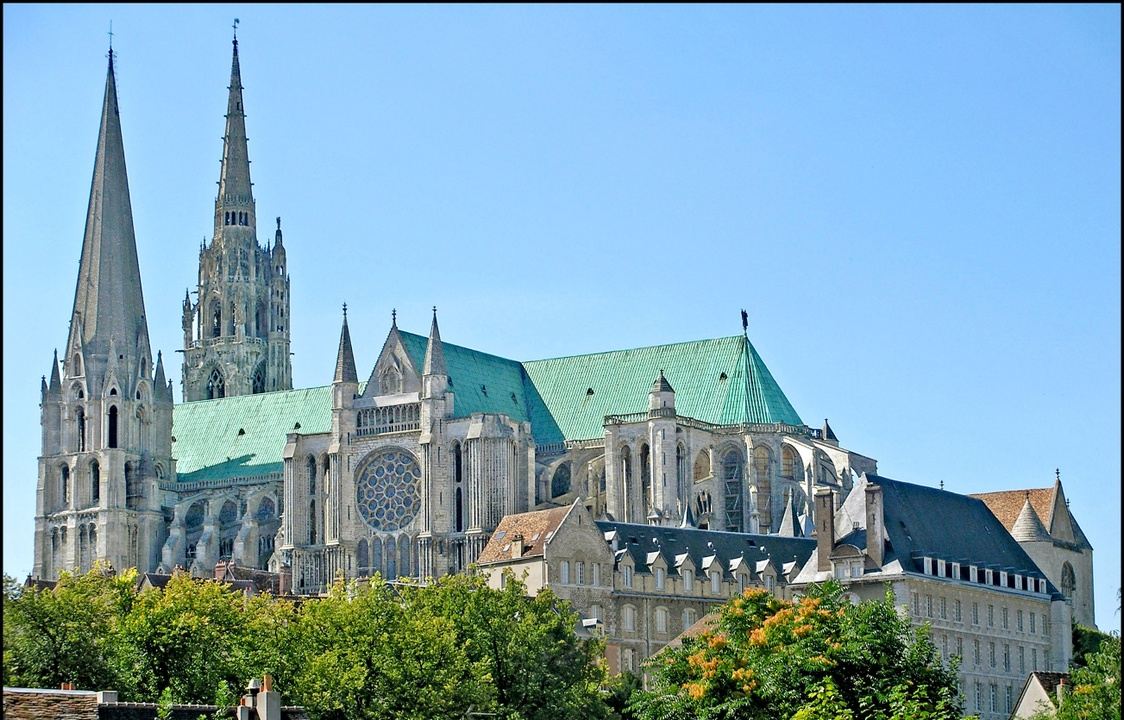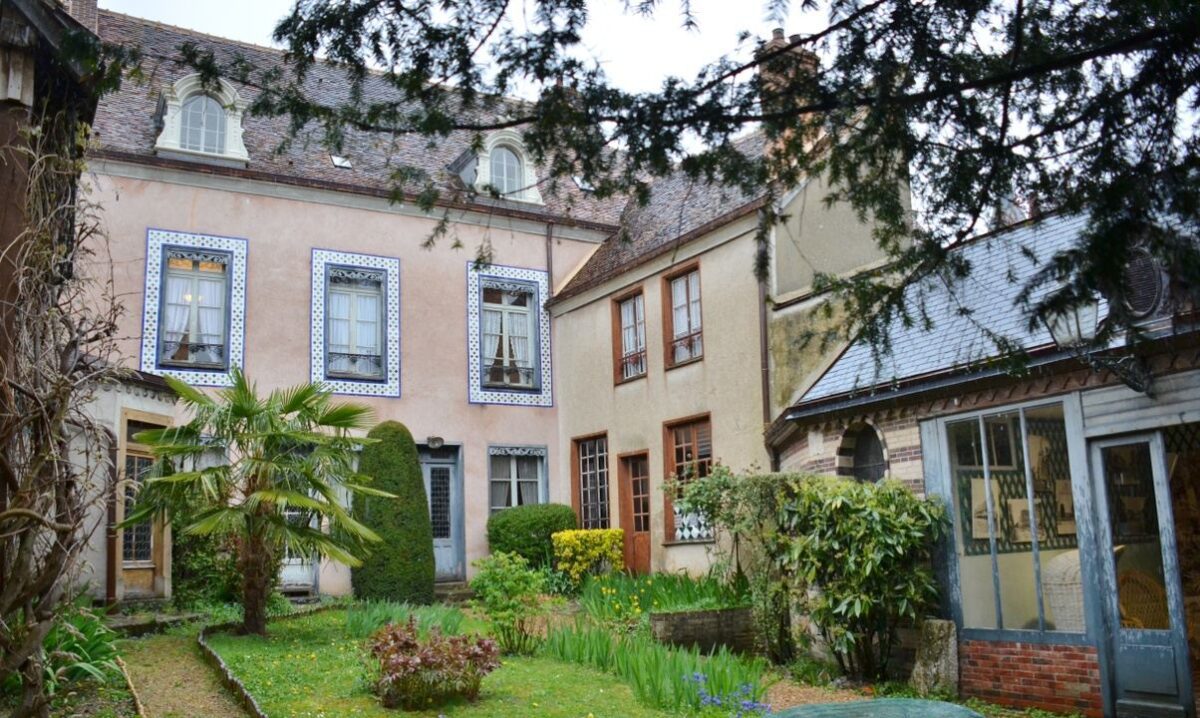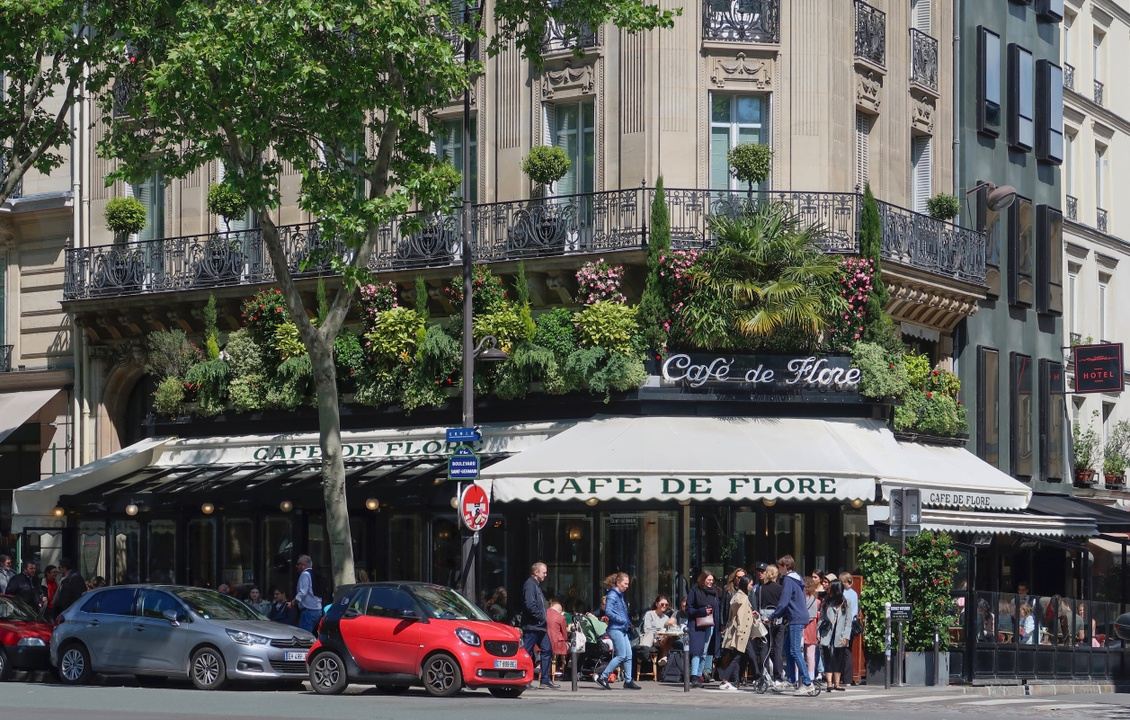
We meet in the afternoon and take a stroll around the left bank, learning about its history of literature and music. We see key places in the lives of Left Bank residents like Jean-Paul Sartre and Simone de Beauvoir—plus a long list of LGBTQ+ personalities from Gertrude Stein, who held her salon on the Left Bank, to James Baldwin, who wrote his first novel in a Left Bank Café. Our afternoon ends at the hotel where Oscar Wilde lived his last years and died—the place where he said his famous last words: “Either this wallpaper goes, or I do.” The owner in Wilde’s time was very supportive of his famous/notorious guest, and today’s owners have celebrated him by opening the Oscar Wilde lounge, where we will have a drink together to celebrate Mr. Wilde, LGBTQ+ Paris, and our tour!
Hotel: Hotel Edouard VII, 39 Avenue de l’Opéra, Paris. This charming boutique hotel is the only hotel on the Avenue de l’Opéra, right in the absolute heart of Paris. It takes its name from the fact that Edward VII, while still Prince of Wales, maintained a love nest there. We love them taking their name from a scandal! What could be more Parisian?
Today is a day for Paris’ fabulous cemeteries. In the morning, Père Lachaise, the most visited cemetery in the world—famous for its astonishing list of residents, including some straight people like Jim Morrison, but also a many LGBTQ+ people, starting with the famous tombs of Oscar Wilde and Gertrude Stein (and her wife Alice B Toklas), as well as Proust, Colette, and a host of others, including great gay icons like Maria Callas and Edith Piaf. We will learn about France’s elimination of sodomy laws—at the tomb of the man who may be responsible—the first modern novel with a gay character, Chopin’s love letters to a young man, and many other fascinating stories. We have lunch at one of the great 19th century Paris brasseries. Then it is off to Montmartre, to explore its history, artistic and racy, from Van Gogh to the bar that inspired La Cage aux Folles. Then we walk downhill for another, shorter cemetery walk in the less known but equally charming Montmartre Cemetery, where we see the tomb of the woman who inspired The Lady of the Camellias, La Traviata, Cuckor’s Camille, and Pretty Woman, as well as LGBTQ+ people like the great dancer and choreographer Nijinsky. If the group isn’t tired, we can end our at a harem-themed bar in what was a 19th century brothel….
This morning, we go on a “gay secrets” tour of the Louvre. The Louvre has many of the greatest LGBTQ+ artworks in the world, from the ancient Roman Hermaphrodite (reclining on the mattress made for them by Bernini in the 17th century!) to Michelangelo’s highly erotic “Dying Slave” and Leonardo’s St John the Baptist (or is it Bacchus?)—almost certainly a portrait of his life-long crush, GianGiacomo Caprotti, whom Leonardo nicknamed Salaì, Florentine dialect for “devil.” We have lunch at a Classic Parisian bistro nearby and then visit the gardens of the Palais Royal—the palace of Louis XIV’s gay/queer brother Philippe (known at the time simply as “Monsieur”) with its fascinating history as an 18th century fashion mall, a den of Revolutionary intrigue—and later the home of Colette, whose tomb we saw yesterday—a woman whose writing and life story are both full of varied LGBTQ+ loves.

